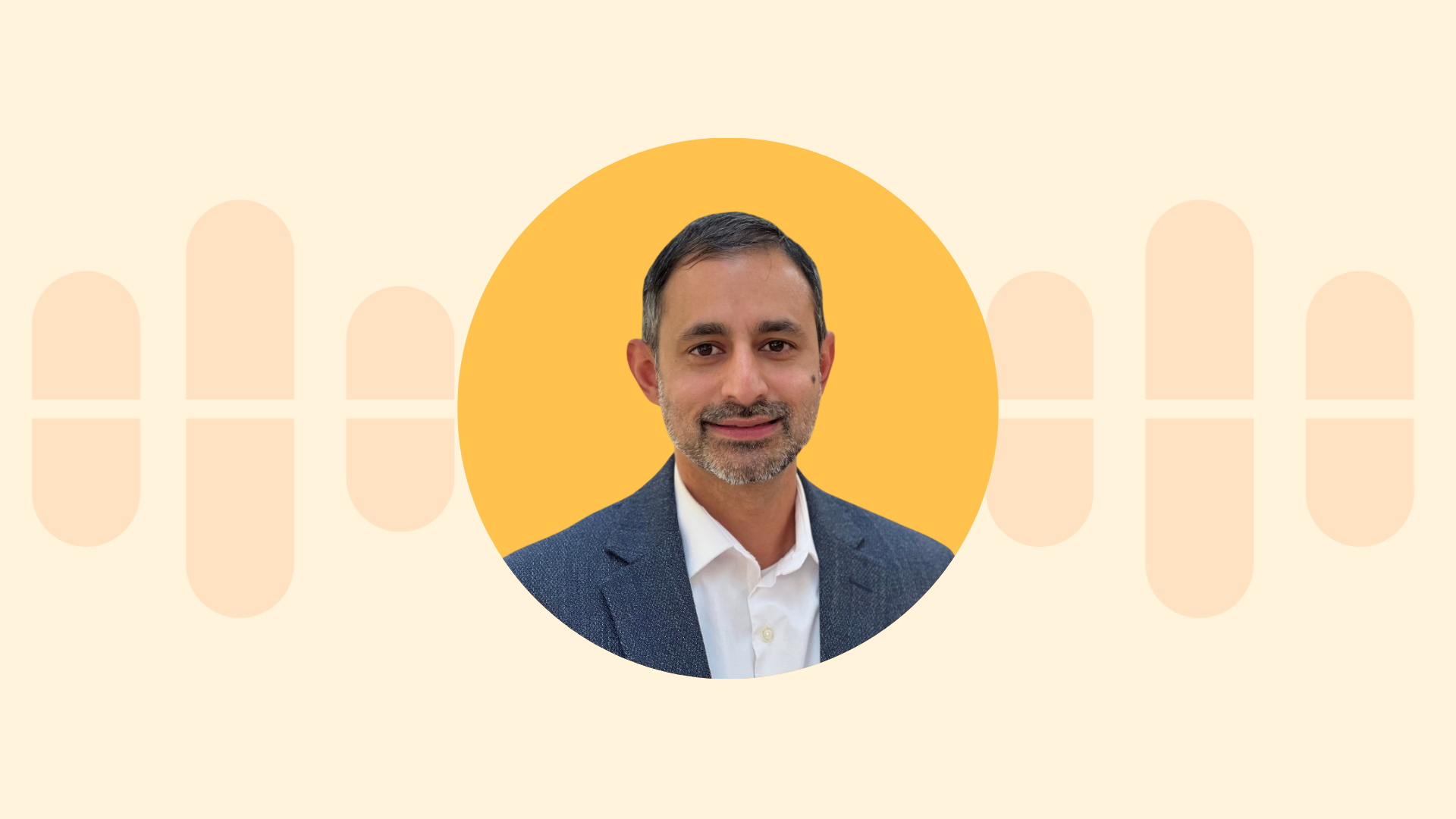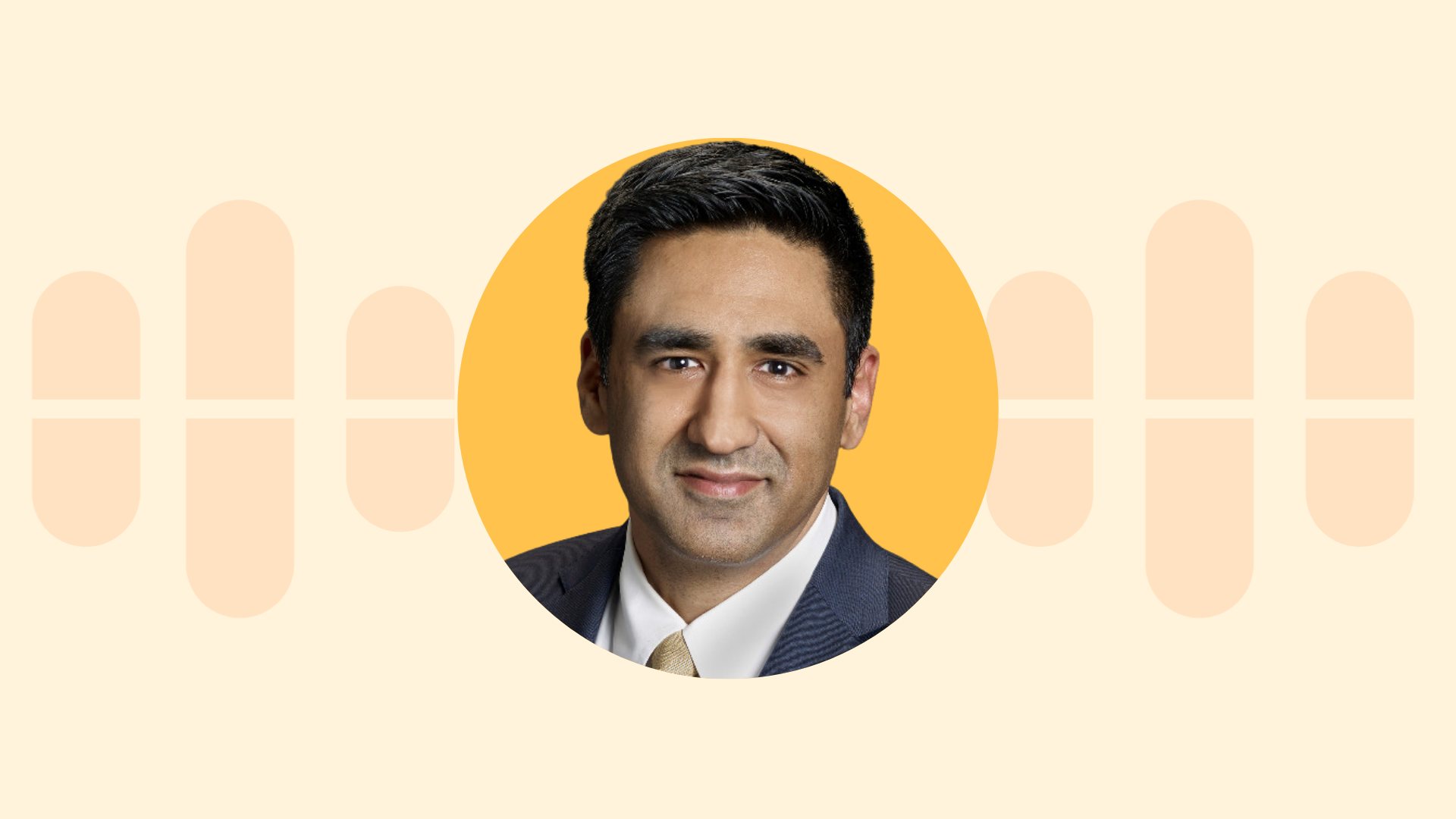Leading the Way in Innovation at Guthrie
In this episode
The Guthrie Clinic is one of the most digitally innovative health systems in the United States, and Terri Couts, RN-BC, MHA has been instrumental in its digital transformation. In this episode, she shared insights from her journey from clinician to the first Digital Health Officer at Guthrie and discussed some of her most exciting initiatives.
- Guthrie’s staff and clinician satisfaction with technology has transformed with focuses on usability and continuous improvement.
- Investing in digital infrastructure has helped Guthrie deliver consistent care across a large rural footprint.
- Couts’ background as a nurse informs how she thinks about technology and innovation.
“Listening is probably one of the biggest things that helps me in my career. You have to be in that mindset of ‘Yes, but…” or ‘Yes, if…,” not ‘No’.”
– Terri Couts
Key takeaways
Couts discussed how her focus on the clinician and staff experience, on change management, and on listening to cross-functional feedback have been instrumental in establishing The Guthrie Clinic as a leading health system for digital innovation. Here’s what she covered:
Guthrie’s staff and clinician satisfaction with technology has transformed with focuses on usability and continuous improvement.
Guthrie’s technology accolades are stacked behind Couts in her office, from Epic’s Gold Stars Level 10 to CHIME’s Most Wired. But it’s been a journey to this point, said Couts. “These awards are really road maps to our better IT and service delivery,” she said.
When Couts started at Guthrie, the organization “had a lot of physicians stating they were leaving the organization because of Epic [the EHR],” she said. “[Guthrie] was an early adopter, and recognized the need for technology…but the use of that technology was pretty subpar.” As a nurse by training, Couts was ready to approach technology differently to better serve clinicians.
To understand what clinicians needed, “we did a lot of listening tours,” Couts said. “We listened to the things that were challenging to them.” In addition, she said that Guthrie set the expectation that they would turn on every core EHR feature unless there was a compelling reason not to, instead of assuming what clinicians would and wouldn’t use.
“How do we make sure that that we take care of all the things that a provider needs to have, and get rid of all the stupid stuff?” says Couts about her approach. “It’s really about putting in the effort around ‘How do our caregivers use the technology?’ Being a nurse by background, that’s really important to me. Technology can either enable, or it can be the barrier to providing good care. And so we totally focused around that.”
Investing in digital infrastructure has helped Guthrie deliver consistent care across a large footprint.
Guthrie provides a large suite of services — “every service under the sun except transplants” as Couts described — across a 10,000-square-mile regional footprint. To help reach as much of their community as possible with their existing resources, Guthrie created the Pulse Center, a centralized technology and operations command center.
“The Guthrie Pulse Center is literally checking the pulse of our organization,” said Couts. It includes virtual nursing, virtual ICU, remote telecenters, centralized telemetry monitoring, bed placement and bed coordinators, the transfer center and more, all in one place. “The synergies of all of those groups in one space creates a unique department that allows us to be more transparent on what our resources are and how we serve our patients,” said Couts.
As an example, instead of having more patients coming to the main hospital’s ED and facing bottlenecks, the Pulse Center helps balance demand and resources.
The investment to create the Pulse Center, as Couts describes it, came from the same focus on infrastructure and practical technology innovation that have driven all of Guthrie’s technology changes under her leadership. “We started with the most important problem at the time,” Couts said, “which was our virtual nursing staff…we had a mass exodus of nurses [during the COVID-19 pandemic]. Then we wanted throughput. We wanted to make sure we served all of our patients.”
With the Pulse Center, Couts said, “we initiate care earlier instead of having them come into our ED and being admitted…[with] a centralized location to control that data.”
Couts’ background as a nurse informs how she thinks about technology and innovation.
Though Couts has spent many years on the IT side of healthcare, her background as a critical care and pediatric cardiac nurse is foundational to how she approaches technology. “One of the things that we focus on is, ‘How do we care for our patients just a little bit differently through technology?’” she said.
Reflecting on her role as Guthrie’s first Chief Digital Officer, Couts said, “I still have the same traditional CIO responsibilities, but my CEO wanted to highlight the enablement that comes with technology by naming [the role] the Chief Digital Officer…to make sure that we highlighted all the things we’re able to do to serve our patients from a digital lens versus just technology being done to something.”
Couts emphasized that successful technology leadership starts with empathy and listening. “Sometimes their issues are real issues, and we have to adjust how we deliver or train,” she said. “You have to be in the mindset of ‘yes, if’—not just ‘no.’”
She shared how one vocal physician initially opposed the Pulse Center, calling it unworkable. “He was in my office every single day,” she recalled. “Eventually I asked, ‘What can you get on board with?’ Now he’s our biggest champion.” That change, she said, came through trust, shared problem-solving, and a focus on change management — not just deploying technology.
Summing up her perspective on technology, Couts said: “A lot of people ask me, ‘Do you miss nursing? Do you miss patient care?’ I’m still a nurse. I still provide patient care. I just do it a little bit differently. I do it by allowing the technology to enable that care.”





